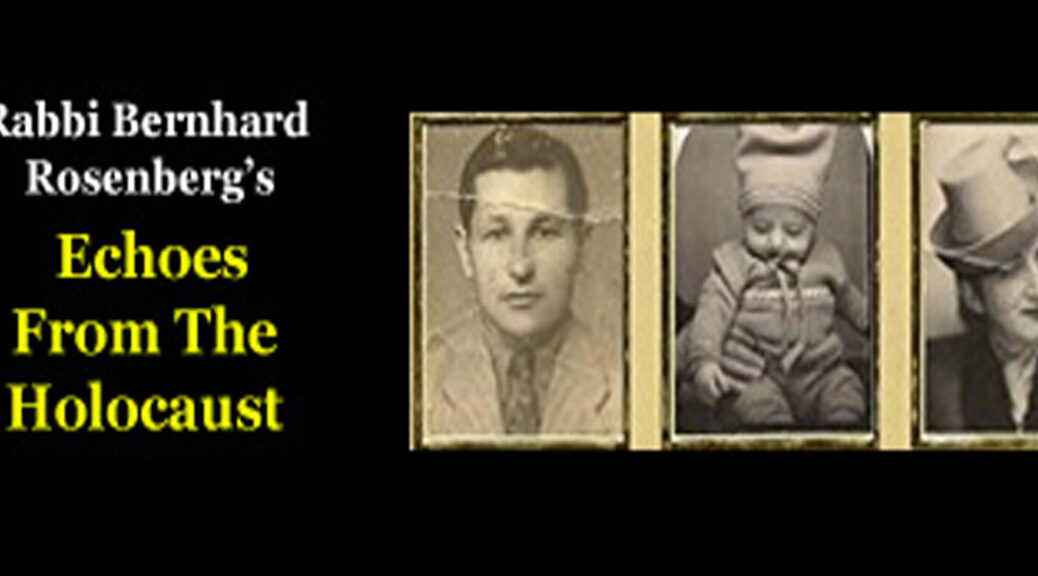“Mommy, when is daddy coming home?”
That’s the harrowing question that survivors of Tyre Nichols, a lanky 145 pound 29-year-old late – I repeat, late – father of a 4-year-old must answer. The other critical question is when will this senseless wiping out of Black people in America come to an end? Unfortunately, the answer to the latter question answers itself. You cannot erase history, can you?
So here we go again with another exhausting chapter in the convoluted history of race in the good ole USA. As the late civil rights icon Fannie Lou Hamer famously said, “we’re sick and tired of being sick and tired!”
Continue reading “What did I do wrong?” asked Tyre Nichols – by Terry Howard

